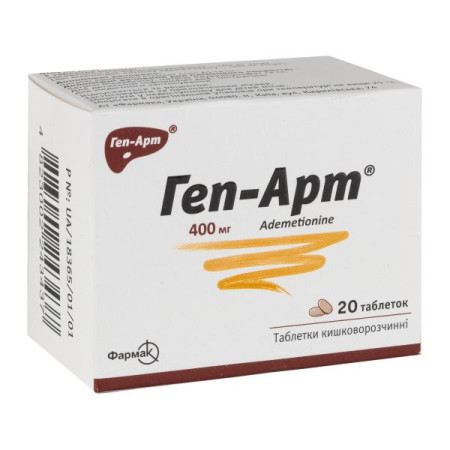Atropine sulfate eye drops 10 mg/ml bottle 5 ml

Atropine sulfate eye drops are used for the following indications: diagnostic pupil dilation during fundus examination, to achieve accommodation paralysis in order to determine the true refraction of the eye, in the complex therapy of inflammatory diseases, eye injuries and embolism, and spasm of the central retinal artery.
Composition
The active substance is atropine (1 ml of solution contains 10 mg of atropine sulfate).
Excipients: sodium metabisulfite (E 223), sodium chloride, purified water.
Contraindication
hypersensitivity to the components of the drug; diseases of the cardiovascular system in which an increase in heart rate may be undesirable: atrial fibrillation, tachycardia, chronic heart failure, ischemic heart disease, mitral stenosis, severe arterial hypertension; acute bleeding; thyrotoxicosis; hyperthermic syndrome; diseases of the gastrointestinal tract accompanied by obstruction (achalasia of the esophagus, pyloric stenosis, intestinal atony); glaucoma; hepatic and renal failure; myasthenia gravis; urinary retention or tendency to it; brain damage.Method of application
For therapeutic purposes, adults and children over 7 years of age are prescribed 1-2 drops 2-6 times a day. Maximum pupil dilation with atropine, which helps relax the eye muscles and accelerates the regression of the pathological process, is observed after 30-40 minutes and persists for 7-10 days, accommodation paralysis - respectively after 1-3 hours and persists for 8-12 days.
Application features
Pregnant women
The drug is contraindicated during pregnancy. During breastfeeding, with the possible development of systemic effects when using eye drops in the mother, atropine penetrates into breast milk and can cause respiratory depression and drowsiness in the child. The use of atropine sulfate during breastfeeding is contraindicated due to the risk of developing toxic effects on the child.
Children
Do not use in children under 7 years of age. Children should be given the drug in lower concentrations (0.125%, 0.25%, 0.5%).
Drivers
During the treatment period, you should refrain from driving vehicles and engaging in other potentially dangerous activities that require increased concentration, quick reactions and clarity of vision.
Overdose
The drug is well tolerated, but in some cases, increased side effects are possible.
Symptoms: increased manifestations of adverse reactions, nausea, vomiting, decreased blood pressure, agitation, tremor, convulsions, insomnia, drowsiness, hallucinations, irritability, hyperthermia, depression of the central nervous system, depression of the activity of the respiratory and vascular centers.
Treatment. Gastric lavage, parenteral administration of cholinomimetics and anticholinesterase agents. In case of hyperthermia, wet wipes and antipyretics are indicated; in case of agitation, administration of sodium thiopental or sodium oxybutyrate; in case of mydriasis, topically in the form of eye drops of phosphacol, physostigmine, pilocarpine. In case of glaucoma attack, two drops of 1% pilocarpine solution should be instilled into the conjunctival sac every hour and one ml of 0.05% proserin solution should be administered subcutaneously 3-4 times a day.
Side effects
Local effect: hyperemia of the eyelid skin, hyperemia and edema of the conjunctiva, eyelids and eyeball, itching, photophobia, mydriasis, accommodation paralysis, increased intraocular pressure.
Systemic effects: dry mouth, thirst, taste disturbances, dysphagia, decreased intestinal motility to atony, constipation, urinary retention, bladder atony, tachycardia, arrhythmia, including extrasystole, myocardial ischemia, facial flushing, hot flashes, headache, dizziness, drowsiness, nervousness, insomnia, dysarthria, visual impairment; decreased secretory activity and bronchial tone, leading to the formation of viscous sputum, difficult to cough up; skin rash, urticaria, exfoliative dermatitis, dry skin, skin hyperemia, edema, allergic reactions, hypersensitivity reactions, anaphylactic reactions, anaphylactic shock, increased body temperature, decreased sweating.
Allergic reactions may occur due to the sodium metabisulfite content.
Storage conditions
Store in the original packaging at a temperature not exceeding 25 °C, out of the reach of children.
Shelf life - 3 years (after opening the bottle - 14 days).
There are no reviews for this product.
There are no reviews for this product, be the first to leave your review.
No questions about this product, be the first and ask your question.













